The baseball bat industry can be pretty volatile. Prices go up and down all the time, and the bat that you had your eye on since the start of the last season can suddenly become pretty expensive.
Not everyone has the luxury of shopping on an infinite budget. As a baseball coach and enthusiast myself, I like to collect any baseball bats that catch my eye. But the sudden hike in prices can often become a roadblock when I’m thinking of picking up a new baseball bat.
And if you’re a newcomer to the sport, with little idea about the baseball bat industry and the market situation, it’s natural to wonder –
Why Are Baseball Bats So Expensive?
Well, I used to think the same way, but once I sat down and did my research, I finally understood what affects their prices. And frankly, the prices of most baseball bats are pretty fair.
I’ll walk you through the entire thing for you to understand why baseball bats are so expensive and give you a clearer picture of the overall industry. So, let’s get started.
Table of Contents
Why Are Baseball Bats So Expensive? How Expensive are Baseball Bats?
I know many of my readers are taking their first steps in the world of baseball. If you’re an absolute newcomer to the sport and planning to buy your first baseball bat, then I’m sure you don’t know how expensive baseball bats can be.
The thing is baseball bats come in a wide variety of prices. Pro-level baseball bats that MLB players use are typically more expensive than commercial baseball bats that an amateur league player might use.
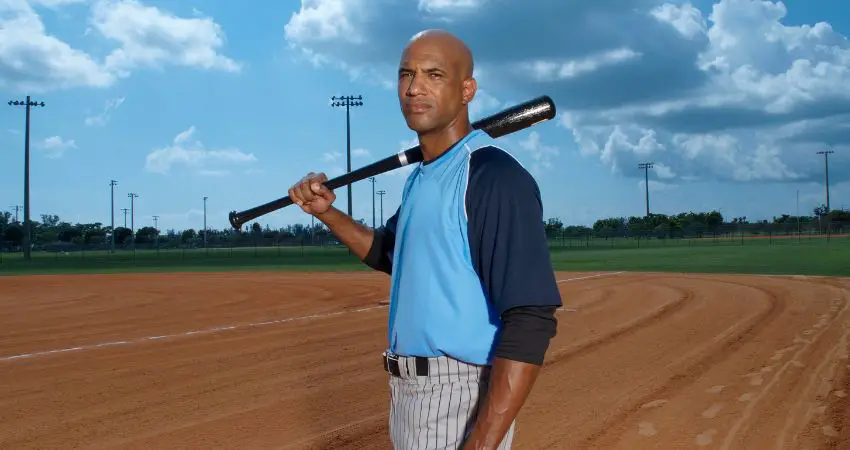
But that doesn’t mean commercial bats are a bad investment. On the contrary, if you’re not playing at the top level, you don’t necessarily need to blow your bank on a state-of-the-art baseball bat. And if you’re a casual player, a high-quality baseball bat under 150 dollars might be enough to keep you happy.
With that said, I like to split baseball bats into three categories in terms of their price and performance – top-tier, middle-tier, and bottom-tier. And there are amazing bats in all tiers if you know where to look. Let me explain the three categories to give you a better idea about it.
·Bottom-tier/Entry-level/Casual Baseball Bats:
Just because I’m calling these baseball bats bottom-tier doesn’t mean they are not good. In fact, if you’re a beginner in this sport, or just want to play a couple of games over the weekends, I would almost always recommend going with a bottom-tier baseball bat.
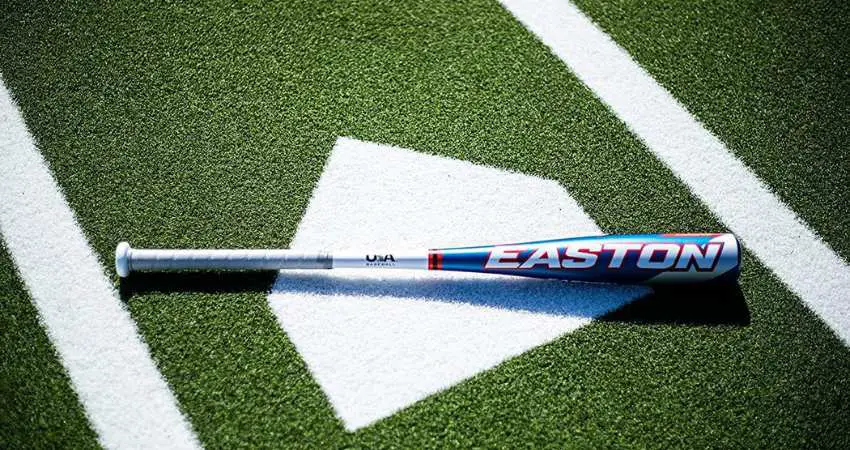
Now, what do I mean by bottom-tier? Well, the simple answer is any baseball bat that costs under 150 dollars. You see, baseball bats, at least the pro-level ones, can be obscenely expensive. But a humble 150 bucks can get you a decent entry-level baseball bat that will get you started with the sport.
· Middle-tier/Competitive Baseball Bats:
When you go one price group above the bottom-tier baseball bats, you land on middle-tier bats. Now, these are the bats of choice for most players who take the game seriously. By seriously, I mean they are playing in amateur, high school, or senior leagues, and they naturally need a bat that lets them showcase their fullest potential.
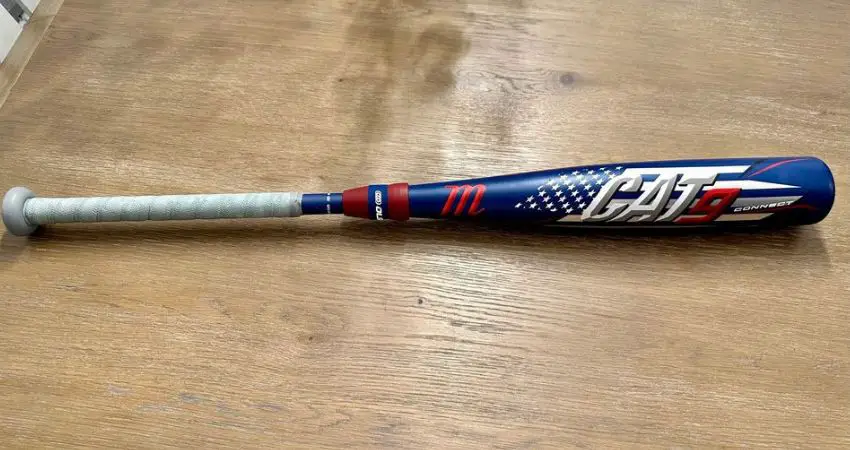
Baseball bats that cost anywhere above 150 bucks but under 300 dollars fall into this category. There are many options here, as almost all baseball bat manufacturers cater to this price group. So whether you’re a fan of Louisville Slugger, Easton, or Marucci, you should be able to pick up the bat of your dreams.
This is a pretty flexible price range, which means you will have plenty of options. If you’re on a tight budget but still want to get a bat within this category, I recommend reading my article on the best baseball glove under 200 dollars. That should give you a couple of nice choices to consider.
· Top-tier/Pro-level Baseball Bats:
A top-tier baseball bat is often considered a holy grail for an amateur player. And that’s because for an amateur player, picking up a top-tier, pro-grade baseball bat is quite difficult. You see, baseball bats, even the top-tier ones, break, and if you invest in a top-tier bat and it breaks after a couple of years, it’ll be pretty heartbreaking.
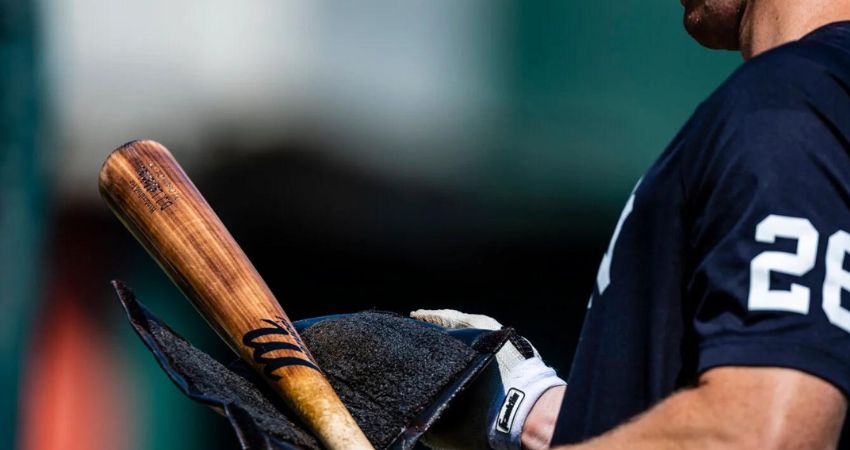
That’s why this price category is mostly limited to MLB professionals. These are custom bats costing anywhere from 300 to 500 bucks and are designed to suit the specific needs of the player. That means you’ll get some control over the design and technology that goes into its production.
While I don’t usually advocate shelling out any more than you can, if you can afford a top-tier bat as a competitive player, it’ll give you the best performance. But if you’re a casual player or a beginner, investing in a top-tier baseball bat isn’t really a good idea, as you won’t be able to utilize it all that well.
What Makes Baseball Bats So Expensive?
Now that you understand the different price categories of baseball bats, the big question is, what makes them so expensive? More importantly, why are some bats affordable while others can cost you an arm and a leg?
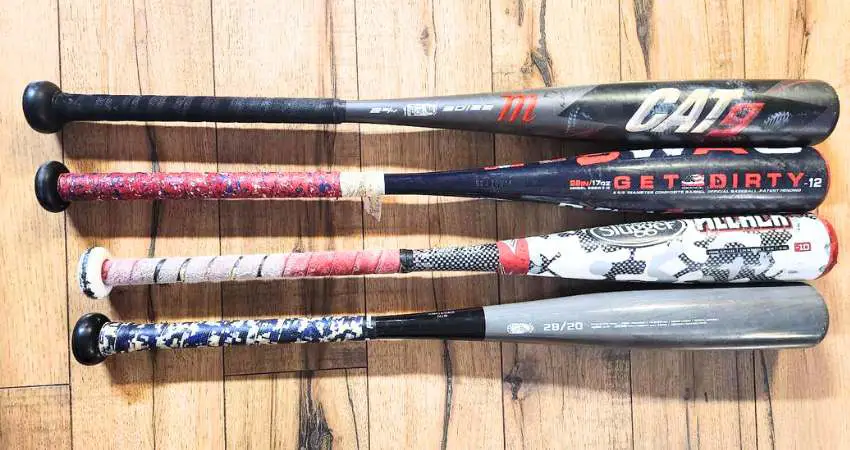
You see, expensive bats often come with additional technologies and design features, and their overall build quality is also better. When you pick up two baseball bats of different price categories, you’ll instantly be able to tell which one is the pricier one of the two.
But what causes a baseball bat to be so expensive, though? Well, there are many reasons that play a role in the price of a baseball bat. Let me take this moment to talk about some of them.
· Material Costs:
The biggest contributor to making a baseball bat expensive or cheap is usually the material that’s used to manufacture it. Baseball bats, these days, can be made from three types of materials – wood, alloy, and composite. The price of the bat can vary depending on which material the bat is made from.
Commercial baseball bats made of wood are usually pretty affordable, costing a lot less than alloy or composite bats. There are three species that are used in most cases – maple, ash, and birch, and different types of wood offer different performance and feel.
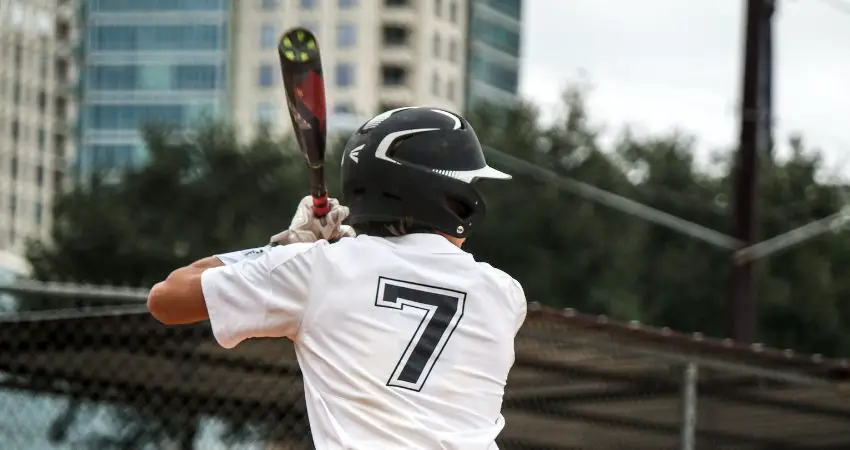
Although wooden bats are cheaper compared to the other material types, the wood bats used in MLB games are a different matter entirely. Those are custom-made bats, and they often cost more than any commercial bats available in the market.
Between alloy and composite baseball bats, alloy bats are relatively cheaper. It’s a popular material for youth baseball bats, offering a decent combination of power, durability, and swing speed.
However, composite baseball bats are extremely popular among youth and adult players because of how easy it is to use them. And it also boasts impressive durability compared to the other two materials. However, composite baseball bats tend to be quite pricey.
There are also hybrid bats that use two different types of materials to give you a blended experience. They are slightly cheaper than composite bats but offer a relatively better feel and performance compared to an alloy baseball bat. Depending on which material you go with, the price of your baseball bat will vary.
· Manufacturing Costs:
While the material cost is a part of the manufacturing cost of a bat, it’s not the only part that matters. You see, making a baseball bat is no small feat. And there are a lot of small costs here and there that contribute to the price of a baseball bat. The company needs to cover the manufacturing costs of a bat before they make their profit.
Here are the costs that go into manufacturing a baseball bat –

- Material cost: the price of the material that’s used to make the bat
- Labor cost: the price of the worker who made the bat
- Supervisor cost: the cost of the manager who is in charge of the overall manufacturing process
- Equipment cost: the cost of the machines that are used to manufacture the bat
- Overhead cost: the cost of electricity and other things of the same nature
All of these costs play a part in dictating the overall price of a baseball bat.
· Market Fluctuations:
Did you notice how the cost of baseball bats goes up during the months of January to April? Or how most baseball bats go on sale at almost half price from May to July? Well, that’s not a coincidence. This fluctuation of price occurs in response to the market situation.
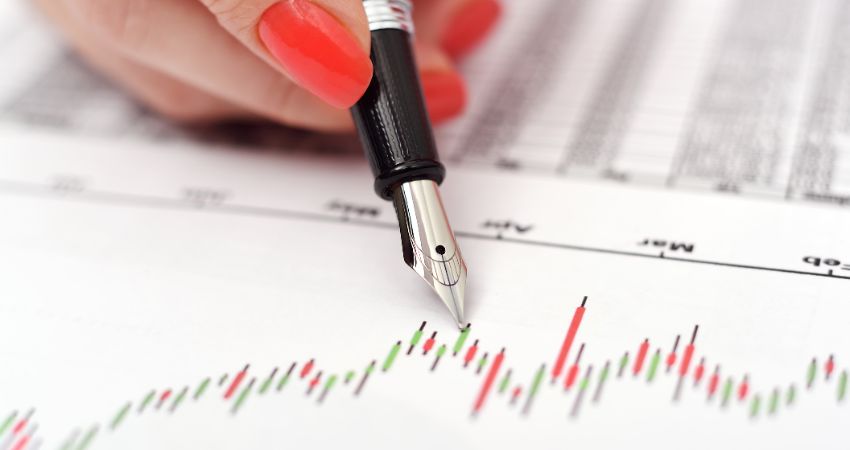
You see, from January to April, baseball season is going on in full swing. Everybody who plays the game is buying a new baseball bat. This creates a shortage of bats in the market, which in turn hikes up the price of the ones left in stock.
On the other hand, when the season ends, retailers clear out their stock to make room for the new stock. That’s when you’ll notice clearance sales in your local stores, and the prices of baseball bats will go down.
· Brand Value:
If you had to choose between a Samsung smartphone or a Xiaomi smartphone, which one would you choose? At least 90 percent of people would go with Samsung if given the choice because of how popular the brand is. And achieving that level of popularity doesn’t come for free.
You see, when you’re going for a baseball bat that’s made by a premium and well-recognized brand, it would usually cost you more than what you would get with a relatively lesser-known brand. But with a premium brand, you’re also getting a peace of mind that you won’t get with a brand that you haven’t heard of.
And the truth is there are differences in build quality when you compare two brands on opposite sides of the spectrum. More often than not, you’ll notice that a premium brand will offer you a better build quality with their products. And that, of course, means they will charge you more for their baseball bats.
· Popularity Factor:
Professional players often play a huge role in influencing the price of baseball bats on the market. How? Well, when a bat gets used by an MLB pro in his games, it immediately sees a hike in demand. And when a baseball bat goes into high demand, the manufacturers also increase its price.
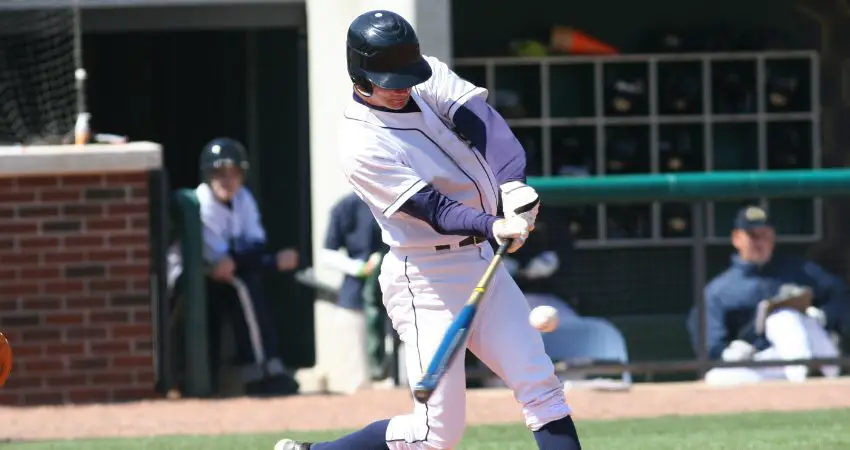
The reason for the increased price is that consumers don’t mind paying a premium for the baseball bat that their favorite player uses. In fact, many manufacturers collaborate with different Pros to create player-series baseball bats that are designed according to the player’s specifications.
· Logistics Cost:
After the cost of manufacturing comes the cost of logistics. It’s a huge part of business, and baseball bat manufacturers need to spend a lot on this one factor.
Storage and transportation of large quantities of baseball bats cost money. It’s not like the brand is producing only one or two bats a year. To make a viable business, they need to manufacture baseball bats in the thousands. Storing that many products and transporting them isn’t exactly cheap.
The money that the manufacturers spend on logistics eventually gets added to the overall cost of each unit of baseball bats that gets sold later on. As a result, the price of baseball bats increases.
· Profit Margin:
You can’t really expect the manufacturers to market their baseball bats without a profit. Breaking even is not enough to keep a business afloat, let alone thriving. So when the manufacturing, material, and logistics costs are covered, the only remaining cost left is the profit margin.
Now, most manufacturers try to make the profit margin higher with a baseball bat that’s popular. This means when a baseball bat is getting a lot of attention among players, you’ll notice the price go up steadily.
While it might seem unfair from a player’s perspective, this is how manufacturers try to keep their business functional.
Are Expensive Baseball Bats Worth it?
Whether an expensive baseball bat is worth it or not doesn’t really depend on the bat but rather on the player’s skill level and requirements. Remember, just because a baseball bat is expensive doesn’t mean you’ll be able to hit homers after homers with it. Your hitting skill is the main thing that determines your performance.
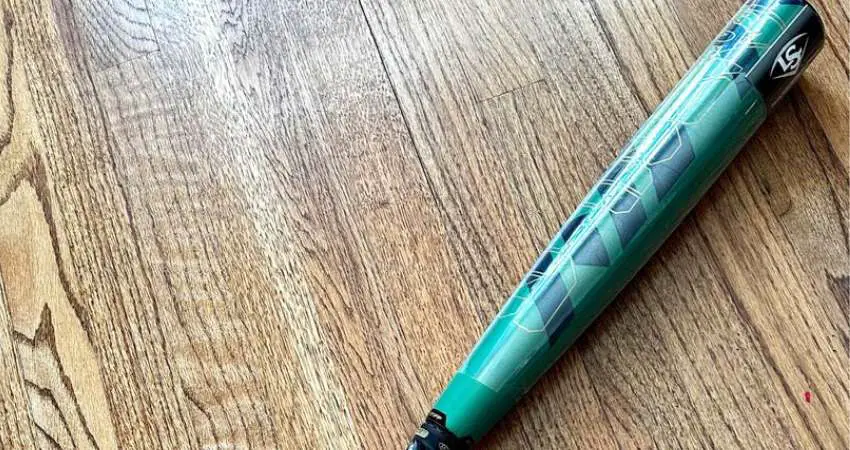
That being said, expensive baseball bats at the hands of a pro definitely yield a better performance than a cheap one. The reason is that a pro knows what he’s doing. And with a high-quality, top-tier baseball bat, his own skills get amplified tenfold. But the skill needs to be there in the first place.
Here are a couple of things that you should think about to figure out whether you should invest in an expensive baseball bat.
· What’s Your Age Group:
Perhaps the biggest contributor to how much someone should spend on a baseball bat is the age group of the player. Let me explain. You see, baseball is a popular sport, and people of all ages can play it. I started playing the game when I was only seven years old, but I know people who started much younger than I did.

Now, when you’re shopping for a baseball bat for your little ones, you don’t really want to go with an expensive bat. A – they are not skilled enough to utilize it fully. And B – they really don’t care about the price at that age. As long as they can swing the bat easily, they are happy.
On the other hand, if you play in high-school baseball leagues and want a new baseball bat for the coming season, it’s not a bad idea to shell out a bit more towards your bat. A more expensive baseball bat might allow you to squeeze out a bit more performance from it, which makes all the difference in competitive games.
· How Much Do You Play:
Are you a weekend baseball player? Or do you train five days a week? This is an important question to ask yourself when you are planning to buy a new baseball bat. And the answer to this question usually indicates how much you should spend on a baseball bat.
You see, expensive baseball bats not only perform better but also usually last longer than a budget-friendly bat. And if you play the game regularly, you should go with a bat that has a decent lifespan. In that case, spending a bit more towards your bat isn’t a bad idea.
However, if you are a casual player, go with a cheap baseball bat. You’ll use the bat once every week, after all. So, you don’t have to worry about overexerting the bat and breaking it any time soon.
· What Does Your Coach Say
Sometimes, the decision of whether you need an expensive baseball bat or an entry-level one is better left in the hands of your coach. If you play in a team regularly, and your coach knows his stuff, he’s the best judge of whether it’s time to go with a top-tier baseball bat.
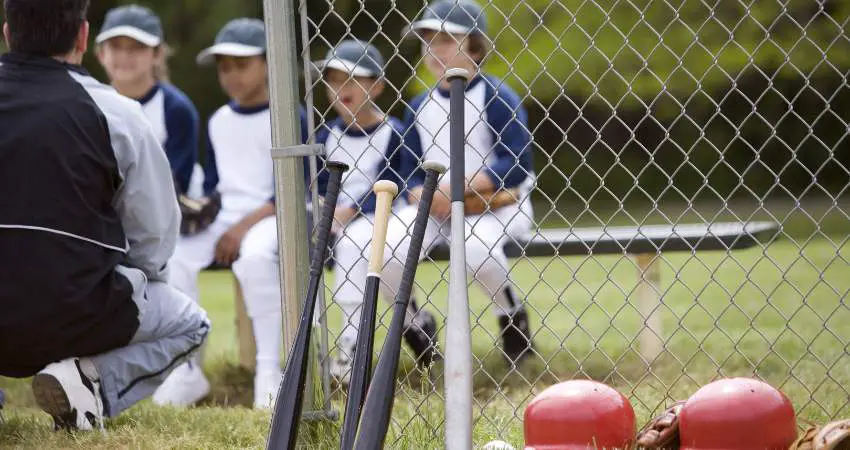
You see, people who coach used to be players themselves. And like you, they, too, have been through phases where they couldn’t decide between an expensive or an affordable bat. So, if you explain your situation and ask for your coach’s opinion, I’m sure he’ll give you good advice on whether an expensive bat is worth buying, depending on your skill level.
· Do You Want an Expensive Baseball Bat
Of course, if you want an expensive baseball bat and budget is not an issue, there’s absolutely no reason not to get one. I mean, between an expensive bat and an affordable one, the pricier one will usually feel better.
Not everyone has the luxury of shopping for a baseball bat without a thought about the price. But if you don’t have any budget limitations and can consistently get a new, top-tier baseball bat, then go for it. You won’t regret it.
Frequently Asked Questions
Before I take my leave, let me address a couple of questions that I often get asked about baseball bats and their pricing.
Do more expensive baseball bats really make a difference?
To some extent, yes. When used by a beginner or a casual player, the price of the baseball bat doesn’t really make a difference. But when you give a high-quality, expensive baseball bat to a professional-level hitter, the difference in performance will become as clear as night and day.
Which Bat is more expensive, wood, composite, or alloy?
When the quality is the same, in most cases, composite baseball bats are the most expensive of the three. Alloy or metal baseball bats come in second in terms of pricing. And wooden baseball bats are usually the most affordable of the bunch.
What is the most expensive baseball bat?
As odd as it sounds, commercial baseball bats, or even the custom pro-level bats, don’t come close to being the most expensive baseball bat in the world. That honor goes to the First Baseball Bat used by Babe Ruth. It was made by Louisville Slugger and was sold for a whopping 1.265 million USD in the year 2004 in an auction.
Now That We Have the Full Picture
While the price of baseball bats, at least the top-tier ones, may seem unfair to some, there’s a strong reason behind it. The cost of marketing, manufacturing, and logistics all play a role in driving up the price of a baseball bat.
And frankly, not everyone would need a top-tier baseball bat to do well in their games. Most of the players competing in amateur leagues would get good results from a mid-tier or even a bottom-tier baseball bat. And those bats are priced pretty reasonably if you ask me.
I hope my in-depth explanation of why baseball bats are so expensive could help you set a good budget for your bat. Cheers!
